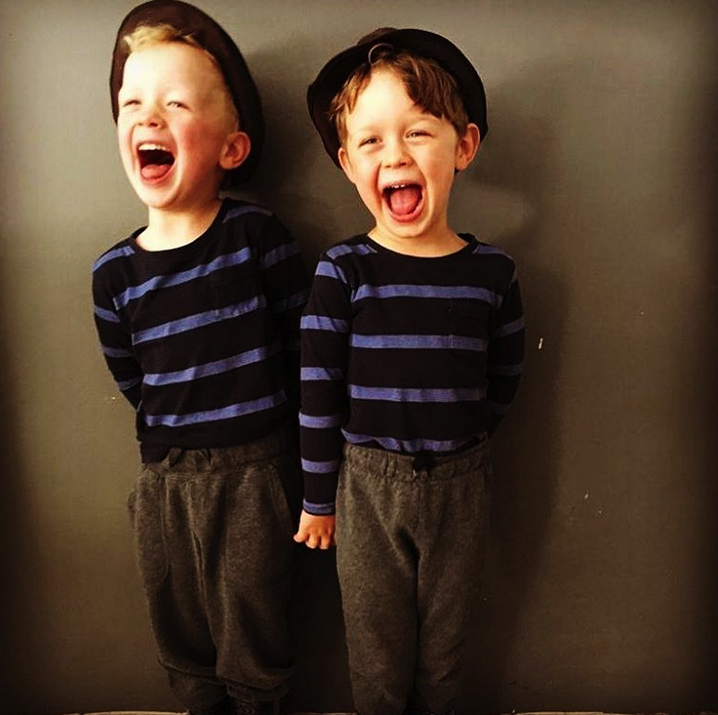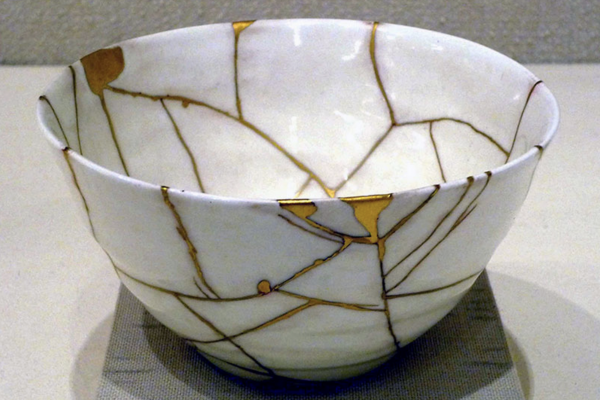
Should We Use TIME OUT or TIME IN With Our Kids?
Should we use Time Out or Time In with our small kids?
Yes.
Julie and I use both with our younger kids.
We’re fans of Time In.
Kids act their worst when they feel their worst. They need love and connection most when they deserve it least. The cool thing about Time In is that you can be there with your child – perhaps talking about their feelings and how to process them, or playing with or cuddling them. Time Ins are meant to emotionally soothe not cause discomfort.
We’re also fans of Time Out.
Julie and I are not parenting experts, but we’re doubtful of the books we’ve read that urge us to stop using Time Outs altogether. Time Ins are less psychologically damaging, they say. But as far as I can tell it’s a scarecrow argument: all too often, the Time-Inners misrepresent the Time-Outers as emotionally unintelligent tyrants, then denounce them.
Dealing with a child’s underlying feelings is one thing, but dealing specifically with their misbehaviour is a thing too. There’s a time to deal with one and a time to deal with the other. In fact, there’s a time in and there’s a time out.
Although there’s more to a child’s motivational matrix, allowing them to experience some kind of negative consequence for the violating of boundaries is a time-tested way to help them reconsider their ways.
The bottom line is the kid wonders, ‘What will my parent do if I ignore them and their rules?’ (Would you never speed if the cops never fined you for it?) I need to have a non-random consequence, like Time Out, in pocket.
The difference between Time In and Time Out
In fact, just yesterday we sent Sam to Time Out at one stage – for hitting Charlie. Then to Time In at another stage – for starting to shout at and threatening to hit Charlie. Our tone was very different each time. In fact, I took the gap to explain to Sam the difference once again:
“Time Out is when you’ve already done something wrong – broken one of the four rules: don’t damage things, don’t hurt someone, don’t endanger your life, and (most commonly) obey our instructions, first time we say them, and straight away. The reason we send you to Time Out is we want you to change your ways.”
“Time In is when you haven’t done anything wrong, you’re starting to lose control of your emotions, and you’re in danger of doing something wrong.”
Yesterday I added an illustration, “Your horses are freaking out, your pigs are squealing, and the ducks might be trampled. So its time to calm the farm.”
It made Sam smile and say, “Calm the farm. I like that daddy.”
“When the farm is calm, please come and join us again,” I added.
I loved his reply: “I might need to be here for a while.”
Did you get the differences between the two? Let me clarify them and add some more.
- Time Out is to change their ways. Time In is to calm their farm.
- Time Out repairs. Time In prevents.
- Time Out is when they’ve done wrong. Time In means they haven’t done anything wrong (yet).
- Time Out is in the bathroom. Time In is in a nice, calming place, their bedroom or maybe a corner in the lounge.
- Time Out ends when the parent says it does, when we’re happy they’re ready to come out. Time In ends when they say it does, when they’re happy enough to come out.
Some guidance for Time Outs
Here’s a little bit more about how Time Outs work. Time Outs work especially well for ages 2-6. They work with older kids too, but generally kids who are 7 and older require more complicated consequences.
- When they break one of the four rules, we name what they did wrong and say (as calmly as possible), ‘Time out – Go to the bathroom (or wherever we designate)’
- If they don’t immediately go on their own, we walk or carry them there. We try to remain calm, and sometimes say, ‘Oh no! Look where your not listening has got you.’
- The door does not need to be closed.
- If they won’t stay in the designated place, we threaten to close the door on them so that they will. (I promise, I love my kids by the way. Julie and I literally needed a parent coach to help us shake off our softness so that we could learn to follow through on this part. Once they had experienced the closed door consequence, none of them tried to leave time out again.)
- We assign them a minute per age in years; 3 minutes for 3 year olds for example.
- If they cry or scream while going there or while there, we don’t stop them from doing so. In one case, when one of our children seemed to be particularly freaked out by being alone in the bathroom, or by the imagined feeling of parental rejection, we held our line, but in the most caring way we could, ‘You’re staying in Time Out for not listening, but if you’re scared, I can stay here with you, but not to talk or cuddle or play.’ (I hope you can see, we don’t want to damage our kids, just correct their misbehaviour. And failing to do that is a surefire way to damage them.)
I know this all sounds so much simpler than it actually is. In fact, as I write this, one of my twins is looking for something and can’t find it. He’s starting to raise his voice – he’s starting to become (what the Shire hobbits called Gandalf) “a disturber of the peace.”
I tell him I have no idea where it is.
Oh no! He’s just picked up an empty paper box and … he has thrown it down. Not sure whether that’s a rule break. Nope, I’m gonna let it fly. But now his voice is getting louder and screechier still. Now he’s accusing his sibling of taking it. I know where this is going.
What to do? For starters, I’m going to try keep my own farm calm. (What I would do for a Time In as a parent – but no such luxury.)
Then next, I’m going to try do something rather than hope it all goes away. (Which if I can be honest, I do a lot.)
Wish me luck, got to go.
And I’m wishing you the best as you lead and guide your little ones. It’s hard work, I know. But hope this has helped.
(By the way, here’s something more detailed I wrote about using Time Outs. And here’s something to help us figure out why our kid is acting up – a nice tool for Time Ins.)



